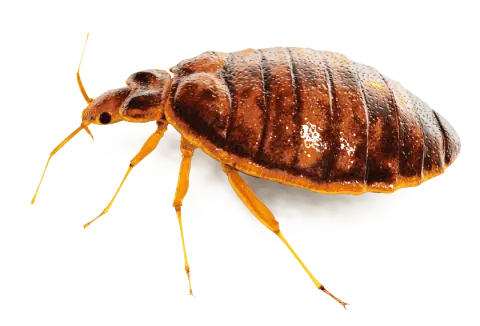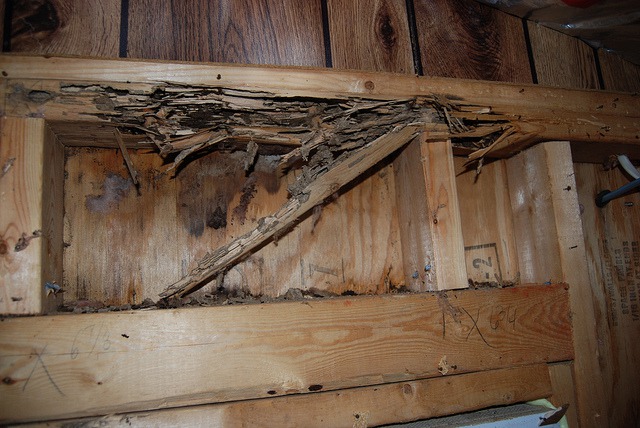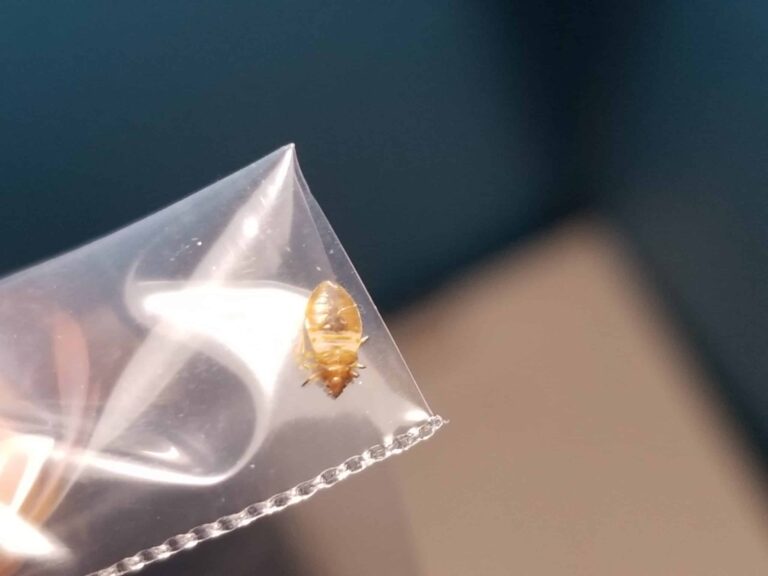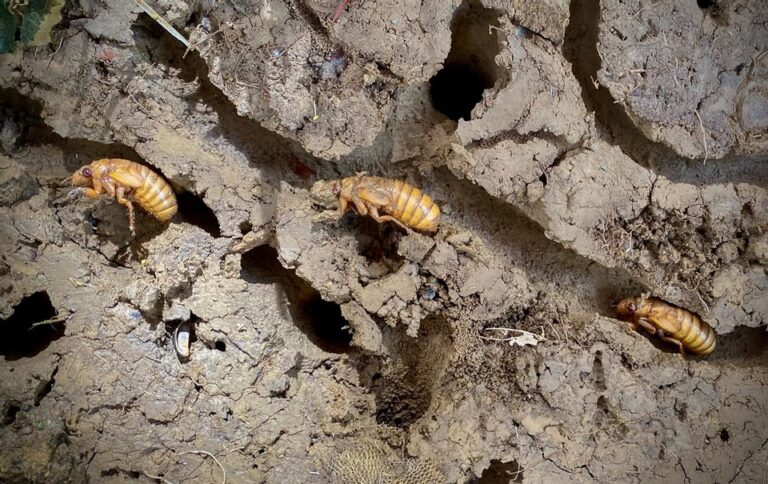Bed Bug Identification | How To Tell If You Have Bed Bugs
Do I have Bed Bugs?
Bed Bug Identification – How to tell if you have bed bugs | Bed bug infestations have been increasingly mentioned in the news over the past ten to fifteen years. Homes, hotels, nursing homes and even movie theaters have fallen victim to these human blood sucking insects.
Common Scenarios For Unknowingly Picking Up Bed Bugs
First of all, bed bugs have been plaguing human kind for thousands of years. These pests were somewhat rare for years, but are now becoming more common.
It is believed, the common return of bed bugs may be due to more international travel. Also, the resistance developed to certain pesticides may also be a reason these bugs are picked up more easily in different locations. Furthermore, lack of education can also play a part about bed bugs and may also be a factor in their spread in the United States. So, how do you know if you have bed bugs? Bed bug identification is a good thing to have knowledge of.
How to identify bed bugs
Adult Bed Bugs
Adult bed bugs have a flat oval brown body. They are 3/16-¼ inch in length. Also, they may be slightly longer and fatter after a blood meal. They have a beak-like mouthpart that pierces the skin to allow them to feed.
Young Bed Bugs
Young bed bugs are called nymphs. They are very small, white to yellowish and almost clear if they haven’t had a blood meal. Eggs are white, very small and pinhead in size. After hatching, the nymph will molt in five stages of growth until it becomes an adult. Each molt requires a blood meal. This process could take four to five weeks under good conditions.
Female Bed Bugs
Bed bug identification is important when it comes to the females. A female bed bug could lay 200-500 eggs in her lifetime which could be three to six months or longer. They prefer humans but will feed on other mammals and birds. Bed bugs can go for months without a blood meal.

Common Places Bed Bugs Are Found
First of all, bed bugs are not generally transported to a location on a person’s body. They can be carried in luggage, pocket books, furniture or other materials. This is how they can infest homes, nursing homes and especially hotels. As a result, it is very easy for people who travel frequently to develop a bed bug problem.
Once in a location, bed bugs will move into cracks and crevices in and around beds. To elaborate, they will infest seams, tags and piping in mattresses and box springs. Another common behavior is that they will move into cracks in bed frames and headboards. Also, they may be in areas away from the bed. Commonly, bed bugs may move up to 20 feet or more from hiding places to find a food source.
Bed Bug Bites
It may be hard to determine that you have a bed bug bite. Furthermore, it is possible that other bites could be mistaken for bed bug bites. Similarly, mosquito and chigger bites may be mistaken for bed bug bites. Some rashes and dermatitis conditions have been mistaken for bites as well.
Common bed bug bites could leave red marks on the skin. Individuals may have a mild to strong allergic reaction to the bite. Some people may have no reaction at all.
How To Determine If You Have Bed Bugs
The best way to determine if you suspect you have bed bugs is to try to locate the pest. As mentioned, they are usually associated with the bed area.
First of all, look at the sheets. Next, check to see if there may be dark spots. If bed bugs are feeding, you may see dark brownish-red spots or stains on the sheets. These are excretions from the bed bugs.
Additionally, remove sheets and bed linen and begin the process by looking at the mattress and box springs. Pull back seams on the edges of the mattress and look for adult, nymphs and the eggs of bed bugs.
Due to their commonly small size, use a flashlight to inspect seams and the frames of box springs. Because these insects move in enclosed areas, be sure to look into cracks of bed headboards and footboards. Also, inspect the bed frames closely.
Finally, inspect night stands, baseboard cracks, and furniture near the bed. Remember, bed bugs can also infest couches and chairs in other rooms. Furthermore, if there is a concern, inspect those areas and call a pest professional.

Basic Facts About Bed Bugs:
- One interesting fact is that bed bugs cannot fly.
- A fascinating fact about bed bugs is that they prefer the dark. They will come out and feed if there is light in the room.
- As tiny as they are, you are able to see bed bug adults, nymphs and eggs with the naked eye.
- Interestingly enough, bed bugs can survive for up to one year without feeding.
Inspecting For Bed Bugs
Travelers have a concern about getting bedbugs in hotel and motel rooms. It is a good idea to carry a small flashlight and inspect your hotel room for possible bed-bug infestations.
When you enter the room, place your luggage in the dry tub or shower while you do a quick inspection. Look at the sheets for brownish spots. Pull the sheets back and check seams around the mattress and box springs.
Check the mattress seams around the headboard on the wall. Inspect first and then use the luggage rack for your suitcase. To add, keep the suitcase away from your bed or couches.
It is important to be educated and aware of possible bed bug infestations. Be careful of buying used furniture and other items coming into your home. Also, be careful and inspect while traveling.
Bed Bug Services And Solutions
In conclusion, if you have a concern contact a professional pest control company. As a result, U.S. Pest Protection offers free inspections. Our pest professionals can help identify the problem at hand and find a solution that protects your home and family.
CONNECT WITH US!
Connect with us on YouTube and follow us on social media! Facebook | Twitter | Instagram | LinkedIn or Contact Us today!





